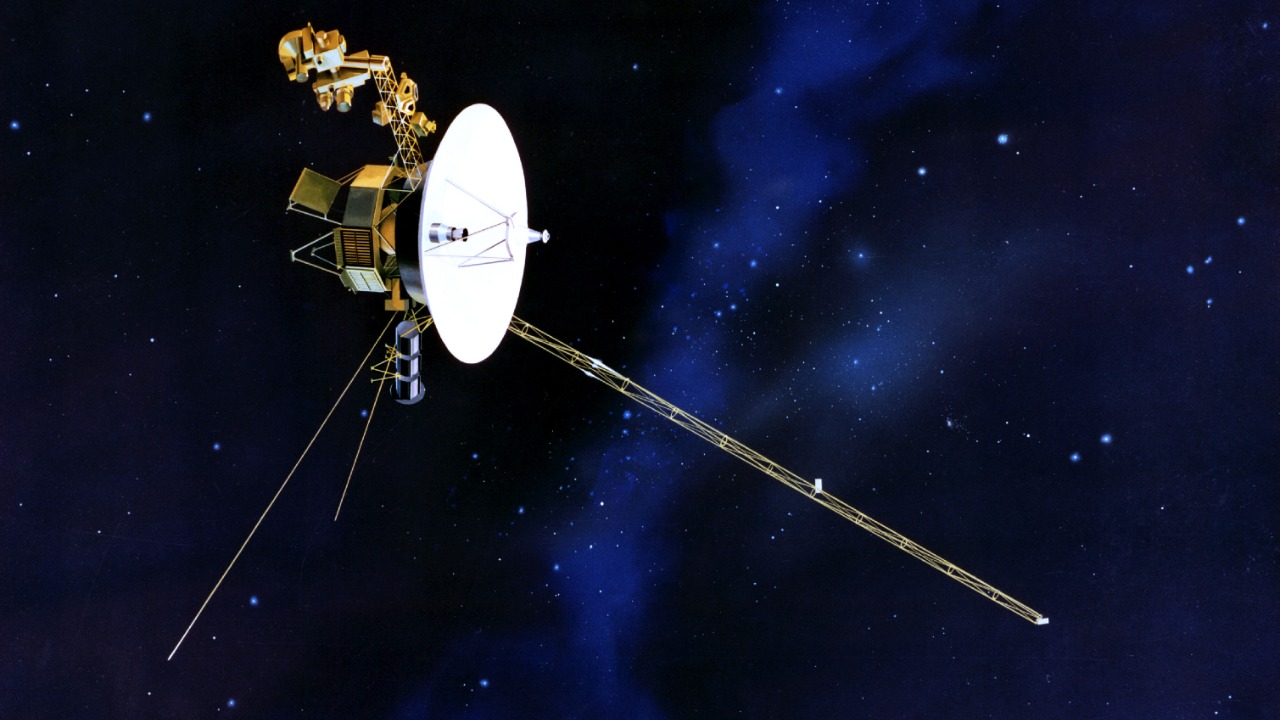
NASA’s Voyager 1 spacecraft, launched in 1977, has been on an extraordinary journey for 47 years, marking it as the longest-serving mission in history. Recently, the spacecraft overcame a significant hurdle when engineers restored coherent signals in April 2024 after months of transmitting gibberish data. This achievement underscores the resilience and ingenuity of NASA’s team as they continue to push the boundaries of space exploration. As Voyager 1 approaches a distance of one light-day from Earth by November 2026, it is poised to set another historic milestone, further cementing its legacy in interstellar exploration.
The Enduring Legacy of Voyager 1
Voyager 1’s status as the longest-serving mission in NASA’s history is a testament to its robust design and the dedication of the teams that have supported it over the decades. Launched in 1977, the spacecraft has continued to operate far beyond its original mission parameters, providing invaluable data from the edge of our solar system. This longevity highlights not only the durability of the technology but also the foresight of its creators who equipped it to withstand the harsh conditions of space for nearly half a century [source].
Voyager 1’s ongoing data transmission from interstellar space underscores its pivotal role in humanity’s deepest space exploration efforts. As it travels through the uncharted territory beyond our solar system, the probe continues to send back information that enhances our understanding of the universe. This data is crucial for scientists as they study the interstellar medium and the heliosphere’s boundary, offering insights that were previously unattainable [source].
Overcoming Technical Failures
In late 2023, Voyager 1 faced a significant challenge when it began transmitting gibberish data, halting the flow of usable scientific information. This issue persisted for months, creating a daunting obstacle for NASA’s engineers who were tasked with diagnosing and repairing the fault. The problem was traced back to the flight data subsystem, a critical component responsible for managing the spacecraft’s data transmissions [source].
NASA’s engineering team embarked on a meticulous process to restore the probe’s functionality, which they described as “hacking it back to life.” By April 2024, they successfully restored valid data transmission, a testament to their expertise and determination. This repair not only revived Voyager 1’s scientific contributions but also demonstrated the team’s ability to overcome complex technical challenges even at such vast distances from Earth [source].
Strategies to Extend Mission Life
To extend the operational life of the Voyager probes, NASA has implemented a series of power-saving measures. These strategies are crucial as the spacecraft’s plutonium-based power supply continues to diminish. By carefully managing the available energy, NASA aims to keep Voyager 1 operational for as long as possible, ensuring that it can continue to send back valuable scientific data from the depths of space [source].
One of the key techniques employed involves turning off non-essential instruments to conserve power. This approach allows the spacecraft to prioritize core science data collection, ensuring that the most critical information is transmitted back to Earth. These measures reflect NASA’s commitment to maximizing the scientific return from Voyager 1, even as it faces the inevitable challenges of operating in the harsh environment of interstellar space [source].
The November 2026 Milestone
In November 2026, Voyager 1 is set to achieve a remarkable milestone by reaching a distance of one light-day from Earth, approximately 26 billion kilometers away. This achievement will mark a new chapter in the spacecraft’s journey, highlighting its unprecedented reach into the cosmos. The significance of this distance is profound, as it represents a new frontier in human exploration and underscores the vastness of space that Voyager 1 continues to traverse [source].
As Voyager 1 reaches this historic distance, the implications for communication delays become more pronounced. The time it takes for signals to travel between the spacecraft and Earth will increase, posing new challenges for data transmission and mission operations. Despite these hurdles, the probe’s continued interstellar observations will provide invaluable insights into the nature of the universe, furthering our understanding of the cosmos and our place within it [source].